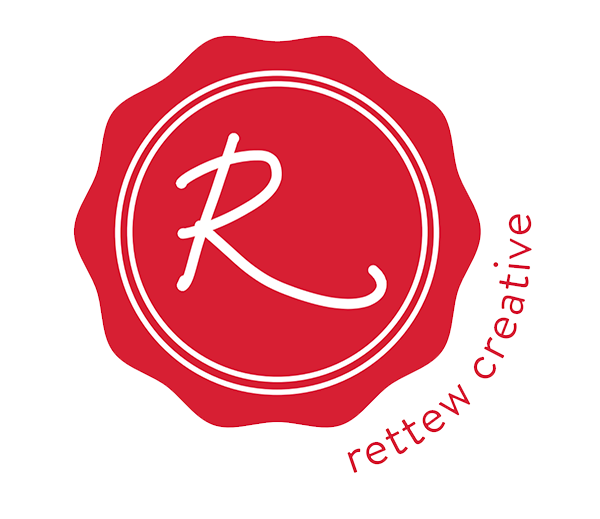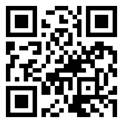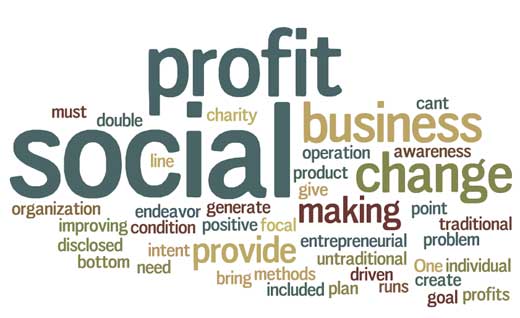I was talking with one of mentors on the phone yesterday, I always get a week full of go-go juice after one of our chats. I was sharing with him something my class at Clemson had done that was very interesting. Their task was to find local examples of Hybrid Entrepreneurs in the area, and write a case study. To my surprise, they choose Serrus Capital Partners. They wrote a short case study and presented it to the rest of the class. It was fun seeing my students talk about one of my mentors.
As I was explaining this to Leighton, you could tell that not only was he humbled…but was having a hard time being put in the spot light. You see, a good leader likes to focus on their team and remove the focus from themselves. Leighton has built many companies, had many successes and many challenges…but at the end of the day, he gets up and keeps on swinging the bat. Why…because he is not afraid of “failure” or “challenges.” He looks at it as just another part of the process to achieve what he has set out to do. That is why he has continued to be successful to this day.
I am still trying to think through whether entrepreneurship is a learned skill, an ethic built into us, a language, or a passion. But Leighton said something yesterday that made me think just a bit…we as entrepreneurs succeed because we are surrounded by people who love us. At first, I thought that was just a simple feel good statement…but I sat back and thought about it for a bit. It makes perfect sense.
Entrepreneurs’ success is dependent upon the people around us and their support. Now, we will have plenty of people around us that find it in their best interest for us to “fail.” But the one’s who really love us…support us; they listen to our successes, they listen to our failures, and they encourage us to just swing that bat again.
On Wednesday, I was visiting my Grandfather who is 80. He is in the hospital again and is getting weaker by the day. My pop is another one of my mentors. He is an entrepreneur himself. He did not want to sit and talk about him, but wanted to hear about me? He wanted to know about business, who I had met, had I signed any new contracts, was I happy, and what scared me. This frail man who spent his whole life enjoying the successes of the “American Dream” of an “Entrepreneurial Experience,” was more interested in hearing from me. I still had so much to learn from him. In some way I think he wanted to feel like he was out an about chasing another deal and hanging out with his customers.
My grandfather believed in the customer. He was not a serial entrepreneur, he was a real estate man. He did not spend all of his time focusing on the properties, he spent his time getting to know his customers. He listened and he responded. He put the customer first. In his time away from the customer, he spent walking through tons on properties, memorizing each one. He was jealous of my iPad.
Leadership and Entrepreneurship is an undefined space. What I mean, each person has their own opinions. But that is what makes it so great, how we come to learn to become leaders and entrepreneurs…it is all about the people that love us!
By the way, both Leighton and my grandfather are real-estate men…interesting.
Here is a quote from my daily motivational that I thought I would share from Nancy Eichstadt of LMI. It is funny how this little motivational found it’s way into my In-Box this morning. Enjoy…
THE FUTURE IS A BIG ADVENTURE
Sooner or later, those who win are those who think they can.
The cards you’re dealt in life are less important
than the way you play them.
Every day you face a new deck and new cards.
Carve out a niche for yourself in your imagined future.
Begin immediately to think and feel yourself as successful.
To achieve your goal in life, you need to project your end result.
Focus on your future, not your past.
Prepare for your future, don’t live in the past.
Relish your good memories and use any bad ones as lessons in life.
Think of the elation, the satisfaction,
the joy you’ll feel when you’ve achieved your objective.
Carry these ecstatic feelings with you every day
and they will bring your desired goals into view.
Success is waiting for you.















